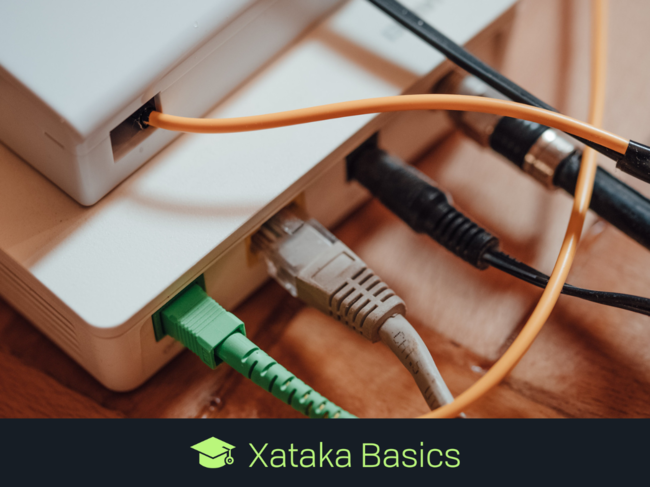
We break down the process of configuring a Wi-Fi network for maximum security.
In this post, we’ll walk you through the steps to securely set up a Wi-Fi network. The process includes changing the service set identifier (SSID), configuring MAC address filtering, and choosing encryption methods.
For this tutorial, we used a Comtrend WAP-EN1750C router, but the instructions generally apply to most routers.
1. Access the Router
To access the router, open a new window on your preferred browser and enter the following address: http://192.168.2.2.
You’ll be prompted to enter a username and password. In our case, the username is “admin,” and the password is “1234.”
If you’re using a different router, you may want to try the username/password combination above first. You can also try other commonly used combinations, such as admin/admin, and 1234/1234. However, to be safe, we recommend checking the instructions included in the box.
After entering the correct credentials, you’ll be directed to a page with the router's information.
2. Change the SSID
The next step in setting up a safe Wi-Fi network is changing its name. It may not seem necessary, but it’s important to note that the default name provided by your ISP gives away a lot of information about your network.
As such, it’s better to change it to something completely different. To do this, go to Wireless Settings > 2.4GHz 11bgn > Basic. Remember, this process may vary with your specific router.
On this page, modify the SSID parameter. It’s best to use a name that’s easily recognizable to you yet unrelated to you at the same time. Avoid using your address or name as the SSID because this directly points to the network’s owner. Instead, consider names like “Chocolate” or “MyWiFi” to quickly recognize your network without giving away any personal information.
3. Change the Authentication Method
The next step is to change the authentication method. Normally, routers have a good default configuration, but the key to it is very well-known. In other words, it’s like having a very secure safe, but with the combination written on a sticky note next to it.
To fix this, go to Wireless Settings > 2.4GHz 11bgn > Security.
When setting up an authentication method, it’s important to choose the right one. Keep in mind that older devices may not support the strongest authentication systems, so you might need to lower the security level. From more to less secure, the best options are WPA2-AES, WPA-TKIP, WPA+AES, WPA+AES/TKIP, and WPA+TKIP. It’s worth noting that WEP is considered insecure at this point, but it may be the only option for some devices.
When creating a password, it’s best to use a combination of random words, numbers, and symbols to make it more secure. If you have trouble remembering it, you can write it down and keep it in a safe place.
Once you’ve selected your network, click the Apply button to save the changes. After that, you’ll need to reconfigure all devices connected to this Wi-Fi network.
This article was written by José Luis Alcoba and originally published in Spanish. It was updated by Alba Mora in September 2024.
Image | Ivan Radic
Related | Wi-Fi 7: What Is It, What Is It for and All the New Wi-Fi Standard Features
See all comments on https://www.xatakaon.com
SEE 1 Comment